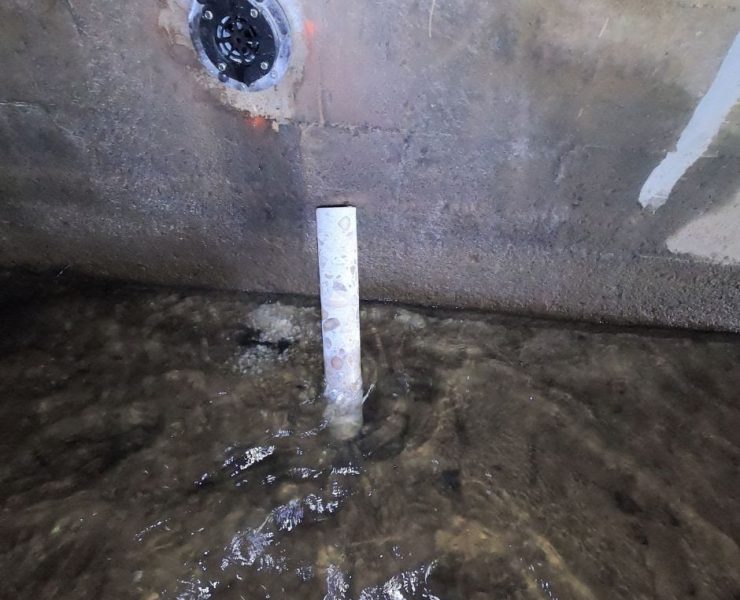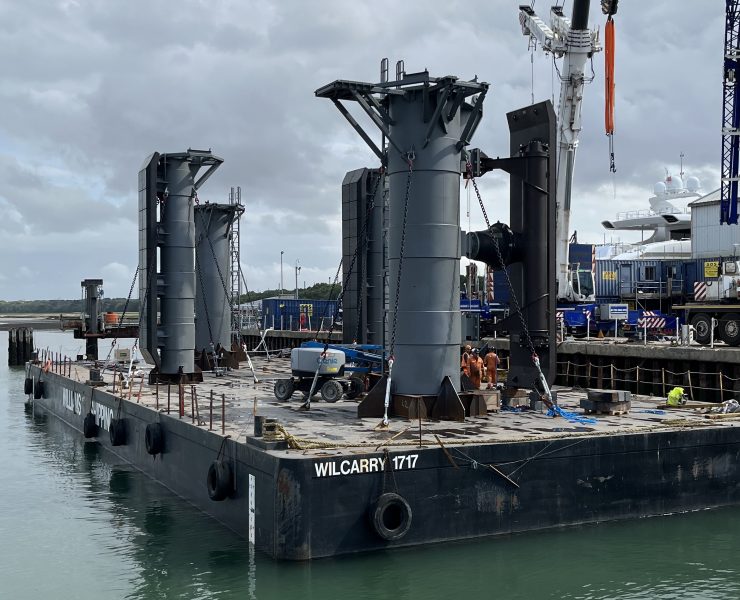Nucor Skyline’s Engineering Team Designed 12,000 Linear Feet of Complex Long-Term Flood Mitigation and Protection
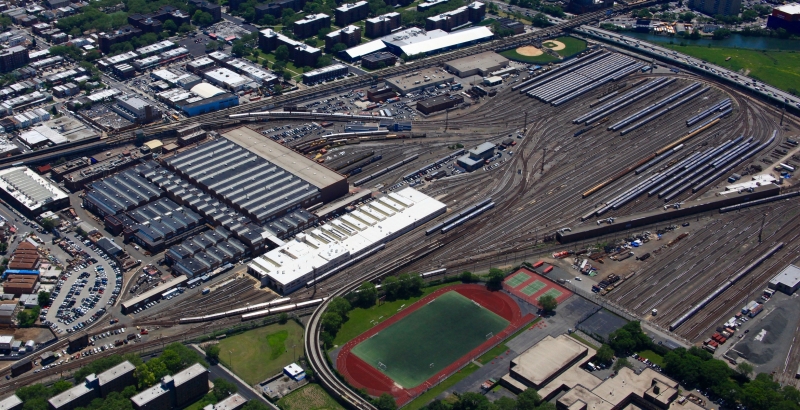

HISTORY
In October 2012, Hurricane Sandy hit the eastern seaboard of the United States. While the storm had reached a maximum Category 3 rating as it hit the island of Cuba, it was downgraded to a Category 1 coming ashore several days later in Brigantine, NJ, just northeast of Atlantic City.
Hurricane Sandy, also known as Superstorm Sandy, affected 24 states in the US, including the entire eastern coast from Florida to Maine. The storm damaged the areas of New Jersey and New York particularly, where storm surge flooded streets, tunnels, and subway lines and cut off power to millions of people.
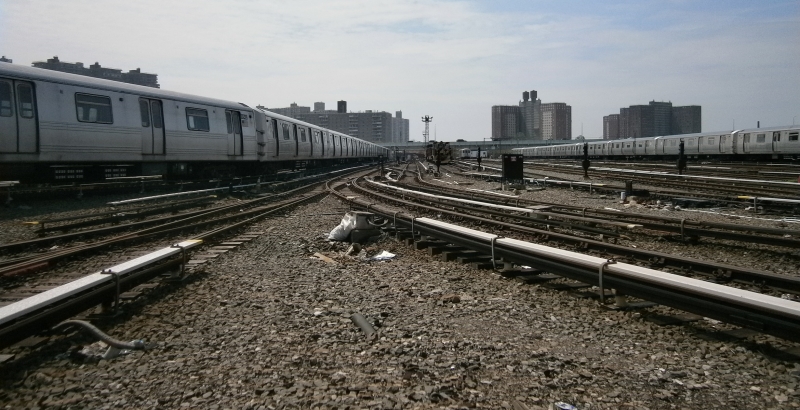
The New York metropolitan area is still feeling the effects of Hurricane Sandy, and nowhere is it more evident than the Metropolitan Transportation Authority (MTA). When Sandy hit, she left in her wake a level of destruction not previously seen. The NYC transit infrastructure sustained more than $4.5 billion in damage from a storm surge that battered some parts of the system more than others.
The worst of Sandy’s wrath was felt in lower Manhattan, Staten Island, the Rockaways, and in Brooklyn at the Coney Island rail yards and maintenance facilities.
PROBLEM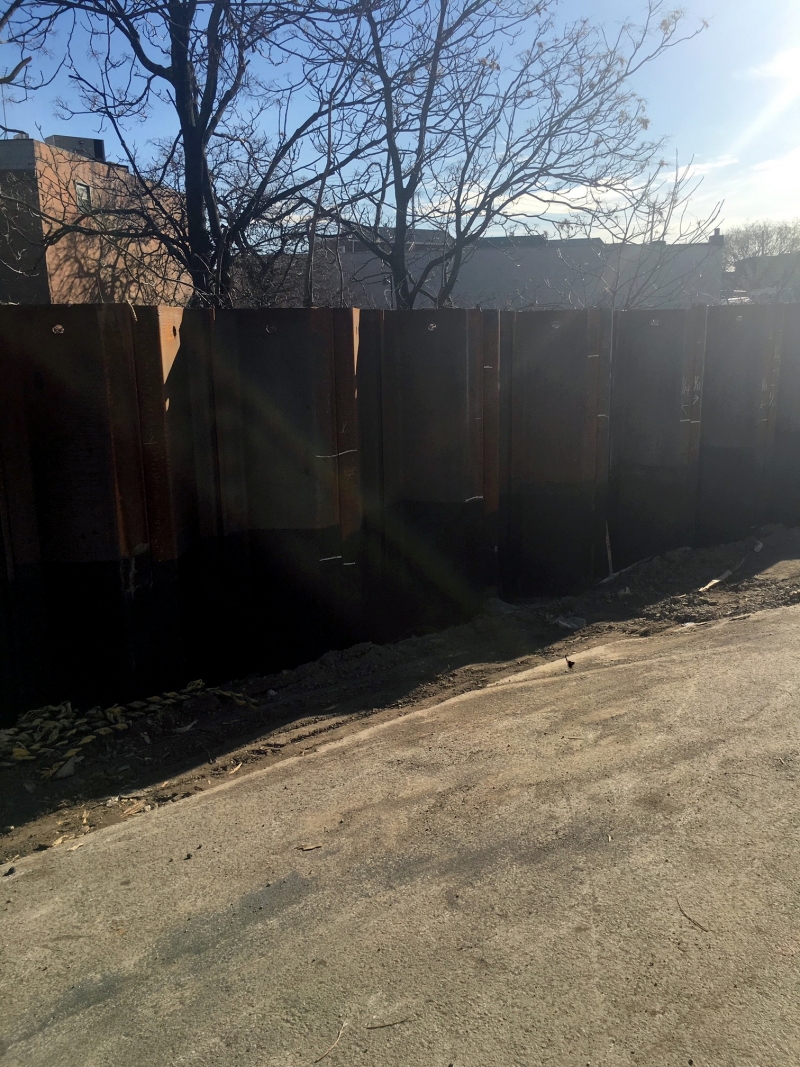
Surging floodwaters swamped the 75-acre yard at Coney Island, and the caustic seawater damaged switching and signaling equipment and compromised critical infrastructure that provides storage and maintenance facilities for approximately 1,800 subway cars.
The MTA turned to New York City-based Langan, who provided engineering and environmental consulting services. Langan is experienced in evaluating and designing flood mitigation measures and worked with Tully Construction and Nucor Skyline to design a floodwall to protect the yard at Coney Island from future storm surge.
SOLUTION
Nucor Skyline’s in-house engineering team designed 12,000 linear feet of complex long-term flood mitigation and protection around the property. The combination wall, consisting of double NZ 19 intermediary sheet piles connected to W30x211 and W40x249 wide flange king piles, was coated with coal tar enamel to enhance the watertight seal of the welded interlocks. In addition, Adeka sealant was applied to the interlocks. Plated NZ 26 doubles and NZ 28 doubles were utilized in different sections of the wall. The NZ section uses the Larssen interlock four point connection, which offers superior performance and shear load transfer. This interlock is considered to be the most watertight of all the sheet pile interlocks available on the market today. All material was manufactured to the A690 standard to further enhance its strength
and durability.
PROJECT PARTNERS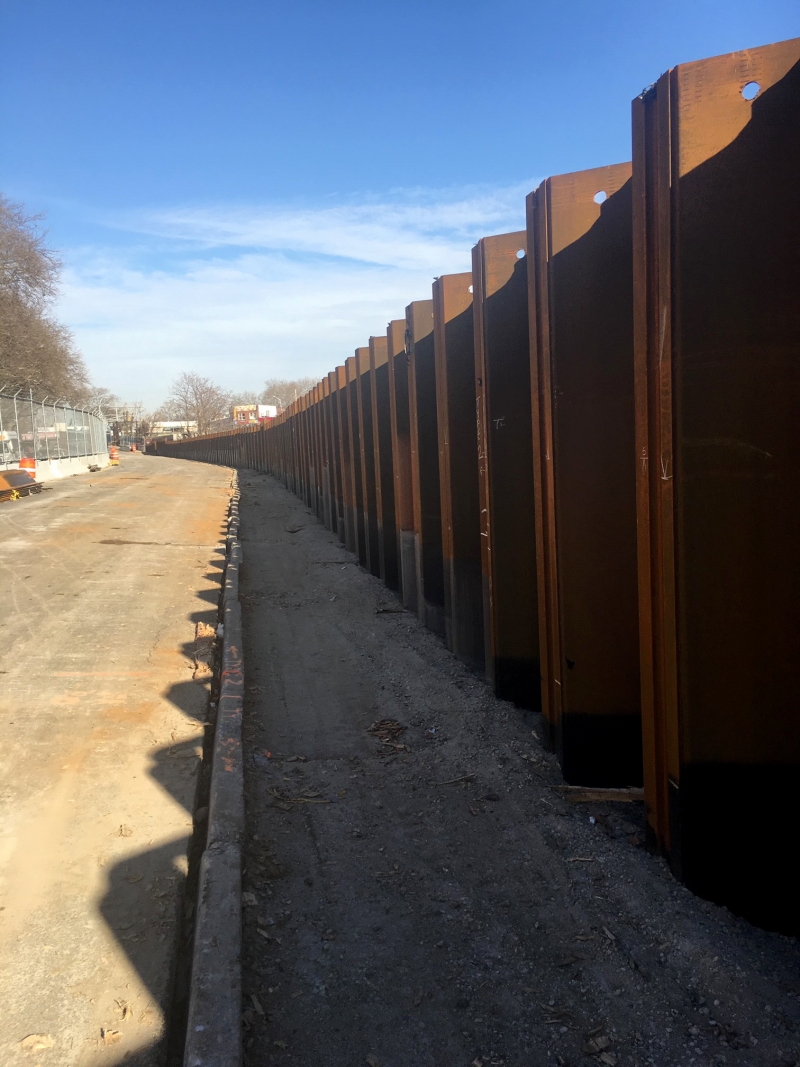
Owner
Metropolitan Transportation Authority
(MTA) – New York, NY
General Contractor
Tully Construction – New York, NY
Engineer
Langan – New York, NY
PRODUCTS
Wide Flange Beams: W30x211 and W40x249 (A690)
Sheet Pile: NZ 19, NZ 26, and NZ 28 (A690)
– 6,800 net tons
PROJECT TIME FRAME
December 2018 to present














